

-
On Impartiality, Nepotism and State Broadcasting
What’s actually happening here, according to Rusbridger, is that these powerful media owners and editors – who control the majority right-wing press in Britain – are incensed that they can’t control the broadcast media and the BBC in the same way they do the print media. So they set out to do just that....
It is background but it’s coming to the foreground.
The broadcast media has dissipated as a controlling force but it still influences older viewers and acts as a mythological source of objectivity, which is the reason its such a prized goal. Surfacing some of these networks and bring them into the light is, I hope, useful?
- northeastbylines.co.uk How the UK became a nation of misinformation and disinformation
Like many other parts of the world, the UK is in the firm grip of an epidemic of disinformation and misinformation
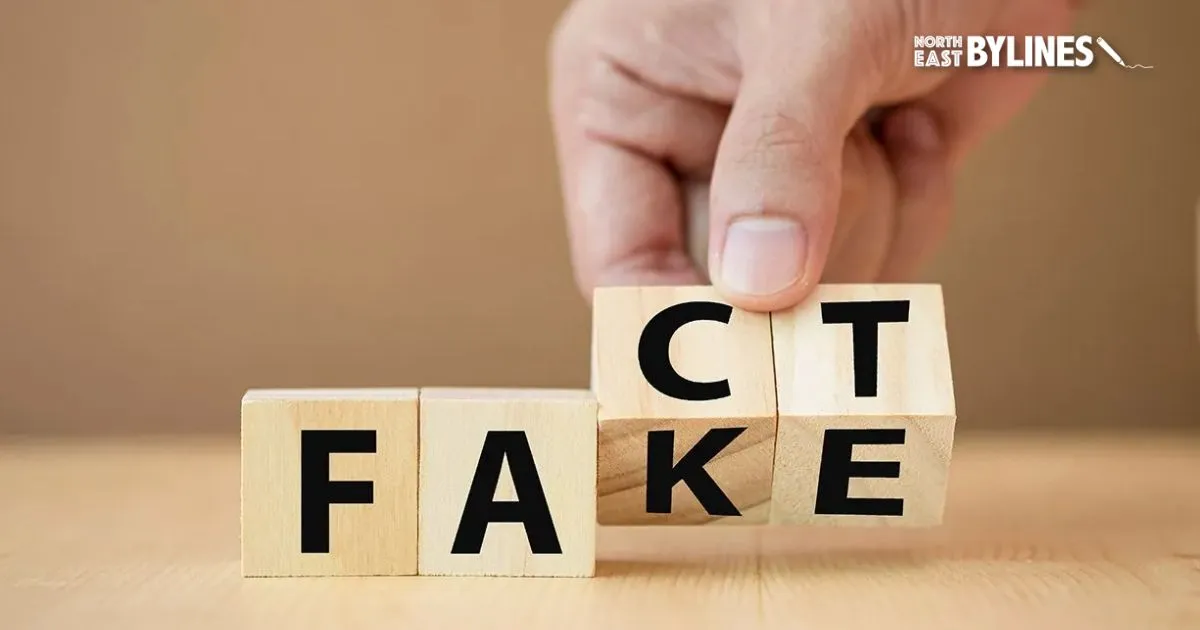
OP: @mikegalsworthy@mas.to
Like many other parts of the world, the UK is in the firm grip of an epidemic of disinformation and misinformation
Where does it originate?
Misinformation and disinformation abound in the UK from many sources, each with its own motivation.
Foreign interference: Some foreign powers have been accused of using disinformation with a view to destabilising democracies; an example is the widely alleged Russian interference in the 2016 Brexit referendum.
Conspiracy theorists: Various groups or individuals who advance anti-vaccine rhetoric, climate denial, and “alternative” histories have seized upon social media as a method for magnifying their messages.
Everyday users: The most insidious form of misinformation probably emanates from ordinary people who are unwittingly passing along unverified or misleading content. What perhaps originates as a misconstrued post spirals into general belief.
Media and politicians: High-profile individuals and, in some instances, even news outlets have at various times propagated false or misleading information sometimes deliberately and at other times through negligence, further harming the public trust.
https://northeastbylines.co.uk/news/politics/how-the-uk-became-a-nation-of-misinformation-and-disinformation/
-
Believe in Scotland welcomes Scot Gov mitigation of Labour's heartless Winter fuel Payment cut.
The UK Government's cut to the Winter Fuel Payment (WFP) is the single largest attack on pensioner wellbeing in living memory.
Believe in Scotland campaigned against this cut with a billboard, video and social media campaign pointing out that Labour's own research claimed that as many as 4,000 pensioners could die if the WFP was cut.
The fact that the WFP was devolved before it was cut and that Labour in Scotland voted for the cut but then claimed they would mitigate it if they were in government is clearly a naked political ploy. Playing political games with the lives and general wellbeing of Scotland’s pensioners is unworthy of any elected politician or political party.
- www.scottishpoetrylibrary.org.uk This Is It by William Letford - Scottish Poetry Library
Skint, baw ragged, poackets ful eh ma / fingers, cannae afford tae burn toast an / it’s November. Christmas is close. Av been / away bit...
OP: @scotlit@mastodon.scot
Skint, baw ragged, poackets ful eh ma
fingers, cannae afford tae burn toast an
it’s November. Christmas is close…
—William Letford, “This is it” Published in DIRT, Carcanet 2016
-
Forgetful Politicians
Where does the Winter Fuel Allowance fiasco leave Scottish Labour? It’s been exposed as not just without principle but also without strategy as it has to pretend that it has autonomy and agency when it clearly has neither.
The Winter Fuel Allowance was due to be devolved in September of this year and replaced with a Scotgov equivalent. But in July of this year the UK Labour government announced that the WFA would be abolished for all but those on pension credit or other means tested benefits.
UK gov did not consult Scotgov about this. Rather, it notified them very shortly before making the public announcement. There is no conceivable way, therefore, to argue that Scotgov chose to cut the WFA. It had no involvement in that decision.
-
Why Scottish businesses are paying the highest energy costs in the world
Scotland is an energy-rich country - but its businesses are being forced to pay the highest prices in the world for using it. Almost every company in Scotland is feeling the pain, from high street hairdressing salons to farmers to whisky producers.
But, while exorbitant energy bills are forcing Scottish business leaders to make increasingly difficult decisions such as laying off staff, more than £200 million of public money has been paid by the UK energy systems operator to turn off wind turbines, most of them in Scotland, this year alone.
This problem is getting worse all the time. As more renewable power comes on stream, the times when Scotland is producing more power than it currently uses are becoming more frequent. The interconnectors between Scotland and England can only carry so much power - and so when there is an excess the Electricity Systems Operator pays Scottish energy generators to go dark.
If energy was cheaper in Scotland then businesses could expand. It would reduce the extortionate bills for current operations and also provide incentives for entrepreneurs to find new ways to use it - including smelting metal, building data centres, splitting water molecules to make hydrogen and more. That would benefit the economy and boost growth.
If Scotland were an independent country, Scottish businesses would certainly not pay what they are currently charged. Scotland is a renewable energy powerhouse being penalised by the way energy is managed for and by vested interests in the south of England. Hanging onto one UK tariff is old-fashioned and unfair to Scotland. Energy companies make money from this arrangement - but the Scottish economy loses.
- www.edinburghlive.co.uk West Lothian man perplexed after spotting UFO hovering above town
At first the Bathgate resident believed the object could have been a satellite or the International Space Station however the flying object remains unidentified.
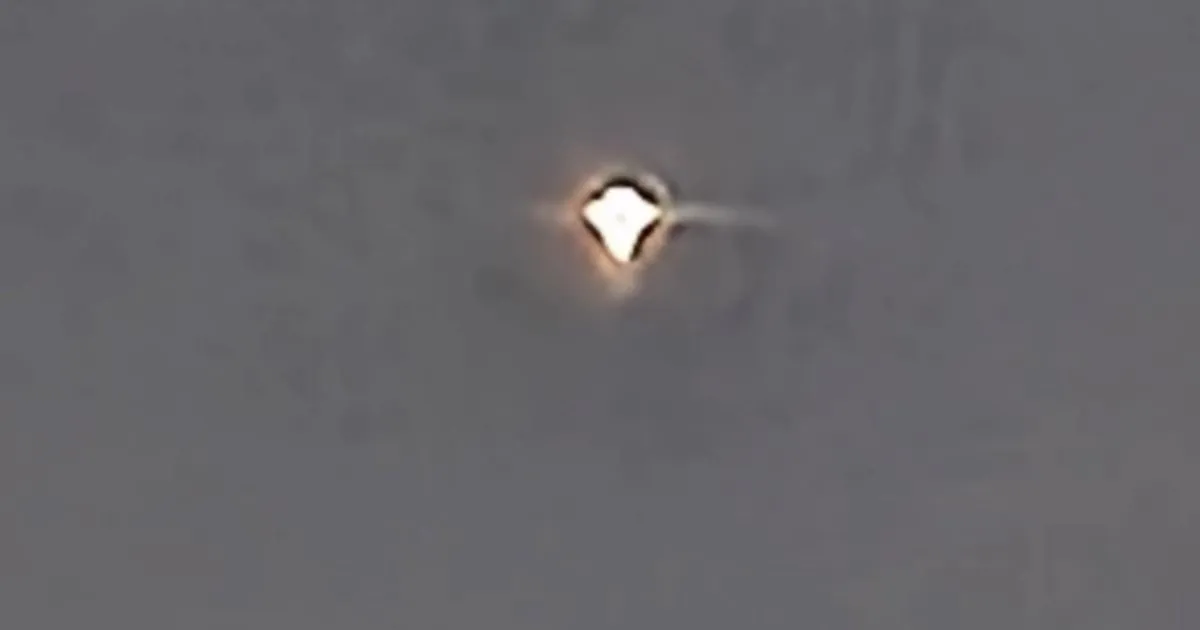
A West Lothian man has shared an image of an unidentified flying object above the skies of Bathgate.
The local, who wishes to remain anonymous, captured the snap from Easton Road looking over the back of the houses in Traprain Crescent on Sunday, November 24 at 4.41pm.
At first the Bathgate resident believed the object could have been a satellite or the International Space Station, however, the flying object remains unidentified.
-
Upside Down and Inside Out
Compassion and connection will prevail if humanity is to survive. It may feel we are at the worst moment in human history because the moment is now. There will be worse moments to come, that is certain. Poetry could become the only means, literally, of survival. Truth will be our life-raft. For example, in October of this year it was reported by the Centre for European Reform that leaving the EU will cost Ukania an additional £311 billion by 2035. That is the “black hole” Rachel Reeves was less than honest about.
The leaders of Ukania will not face reality because they do not know what it is. It is the people of Scotland who are paying the price for that. As Robert Musil wrote in “A Man Without Qualities”, “If there is a sense of reality, there must also be a sense of possibility.” The art of what is possible will be the basis for the politics of the future. Upside down or inside out, we will get there. We have to.
-
Ring of Brodgar
www.undiscoveredscotland.co.uk Ring of Brodgar Feature Page on Undiscovered ScotlandInformation about and images of the Ring of Brodgar in Orkney on Undiscovered Scotland.
The Ring of Brodgar, sometimes called the Ring of Brogar, is a stone circle superbly located on land rising above the saltwater Loch of Stenness and the freshwater Loch of Harray. When first erected there were 60 stones here, in a perfect circle 104m in diameter. Today just 36 of the original stones are still standing, and one of those only just, having been split vertically by a bolt of lightning on 5 June 1980.
The ring of stones is surrounded by a ditch cut into the rock that was 6m wide and 3m deep. There are entrance causeways across the ditch on the north-west side and on the south-east-side
- www.davidkinloch.co.uk The Poetry of Alexander Hutchison — David Kinloch, Writer
When Alexander (Sandy) Hutchison died in 2015 there was an understandable outpouring of grief and affection for a Scottish poet who — despite his long career — was only just beginning to become more widely known. Friends and colleagues have been working over the past few years to gather his work tog
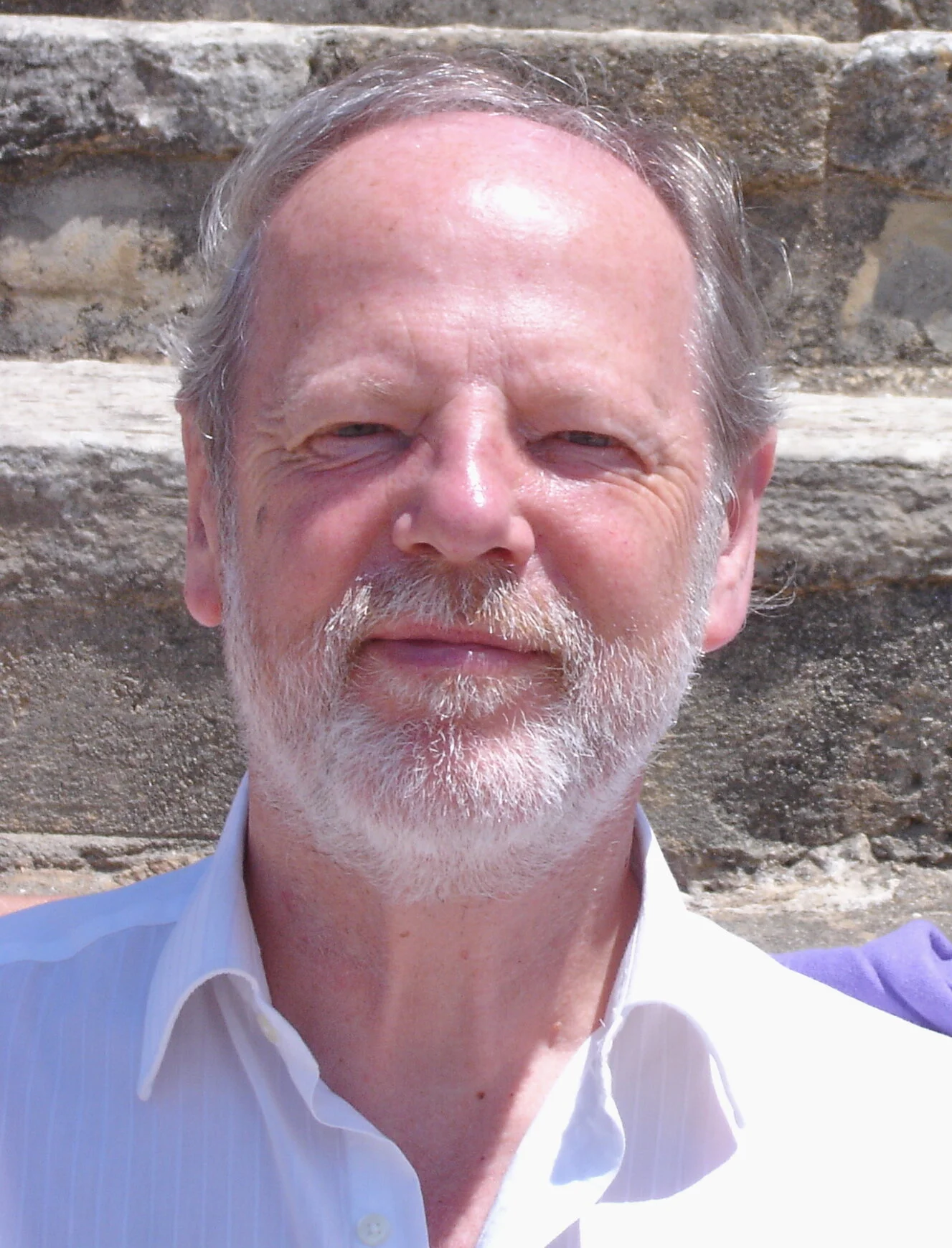
OP: @scotlit@mastodon.scot “Taken as a whole, reading Alexander Hutchison’s poetry is like coming across fragments of a Psalter or song-book or of North-eastern folk ditties – elegant, humorous and deft by turns – all clasped within the ragged covers of a rumbustious, medieval recipe book for everything.”
—David Kinloch on the poetry of Alexander Hutchison
-
The Forth Bridge (Forth Rail Bridge)
www.undiscoveredscotland.co.uk The Forth Bridge Feature Page on Undiscovered ScotlandInformation about and images of the Forth Bridge or the Forth Rail Bridge on Undiscovered Scotland.
When it was first constructed, the Forth Bridge was regarded as the eighth wonder of the world. Familiarity breeds contempt, and it is easy to forget that this is a structure every bit as spectacular and remarkable as the Eiffel Tower, of which it can seem oddly reminiscent. The bridge can be viewed to really good effect from both North Queensferry and Queensferry: and the views from one of the many trains crossing it are equally worthwhile, especially of North Queensferry and Queensferry and of the Forth Road Bridge only a short distance to the west.
-
Lament for a Lost Dinner Ticket by Margaret Hamilton
Lament for a Lost Dinner Ticket', by Margaret Hamilton, is one of the poems from 'The Kist' - an anthology of Scots (and Gaelic) poetry and prose that was digitised by Education Scotland and gifted to the Scots Language Centre so that teachers and learners can continue to benefit from this valuable resource.
See ma mammy
See ma dinner ticket
A pititnma
Pokit an she pititny
Washnmachine.
See thon burnty
Up wherra firewiz
Ma mammy says
Am no tellynagain
No’y playnit.
A jist wen’y eatma
Pokacrisps furma dinner
Nabigwoffldoon.
The wummin sed Aver near
Clapsd
Jistur heednur
Wee wellies sticknoot.
They sed Wot heppind?
Nme’nma belly
Na bedna hospital.
A sed A pititnma
Pokit an she pititny
Washnmachine.
They sed Ees thees chaild eb slootly
Non verbal?
A sed MA BUMSAIR
Nwen’y sleep.
- talkingupscotlandtwo.com 22 degrees of difference in temperature but one means-tested winter fuel allowance?
As I watched BBC Breakfast at around 7am this morning, it was minus 10 in Tulloch Bridge just south of Fort William and plus 12 at St Mary’s in the Scilly Isles yet it’s the same means …

As I watched BBC Breakfast at around 7am this morning, it was minus 10 in Tulloch Bridge just south of Fort William and plus 12 at St Mary’s in the Scilly Isles yet it’s the same means tested winter fuel allowance for pensioners in both places.
Still months away from the real Scottish winter, we see the first signs of how different Scotland is from the southern parts of the UK and how important the Winter Fuel Allowance is for many here.
In a year or so, we’ll see the winter mortality data for all parts of the UK and it will be interesting to see if the media connect those directly with the removal of the allowance.
-
Five ways Westminster's NHS privatisation plans will hurt Scotland's health service
Private health providers are bidding for a bigger share of the NHS in England - and health secretary Wes Streeting has said “Labour will be holding the door open” to more private involvement. There was a significant increase in NHS funding in the next budget - but it is an open question how much of that money will end up as profit for private businesses?
The Independent Healthcare Providers Network (IHPN), which represents private hospitals and groups such as Bupa, has offered more than £1 billion of private sector capacity to NHS England. If accepted, that will signal a huge expansion of the role of the private sector.
This is being sold as a smart way to get waiting lists down - but it is a long-term threat to the future of the NHS. This is just one example of creeping privatisation in England’s NHS - others include private firms taking over community services and a deal over weight loss jabs for the unemployed. Plans for ‘patient passports’ are also causing concern.
The UK government expanding the role of the private sector will have knock-on effects for Scotland. Here are five key points.
-
SAN FRANCISCO? No: Rothesay, Scotland!
YouTube Video
Click to view this content.
Is Lombard Street really the most curved road in the world?
- www.undiscoveredscotland.co.uk Temple Wood Feature Page on Undiscovered Scotland
Information about and images of Temple Wood stone circles in kilmartin Glen on Undiscovered Scotland.
There are many prehistoric monuments scattered across Kilmartin Glen, but perhaps the best known and most intriguing comprises the remains of two stone circles at Temple Wood. This may be because a stone circle is by its nature more interesting than a cairn, and there are the remains of two of them here. It may also be because an early landowner, Sir John Malcolm was so fascinated by the place he planted a wood around the circles at the end of the 1800s, which he named Temple Wood to reflect what he thought to be the purpose of the site.
- scottishwildlifetrust.org.uk Why are there so many spiders in autumn?
Regular guest blogger and wildlife photographer Daryl Smith shares some facts about the spiders in your home, and explains why you may have seen a lot more of them in …
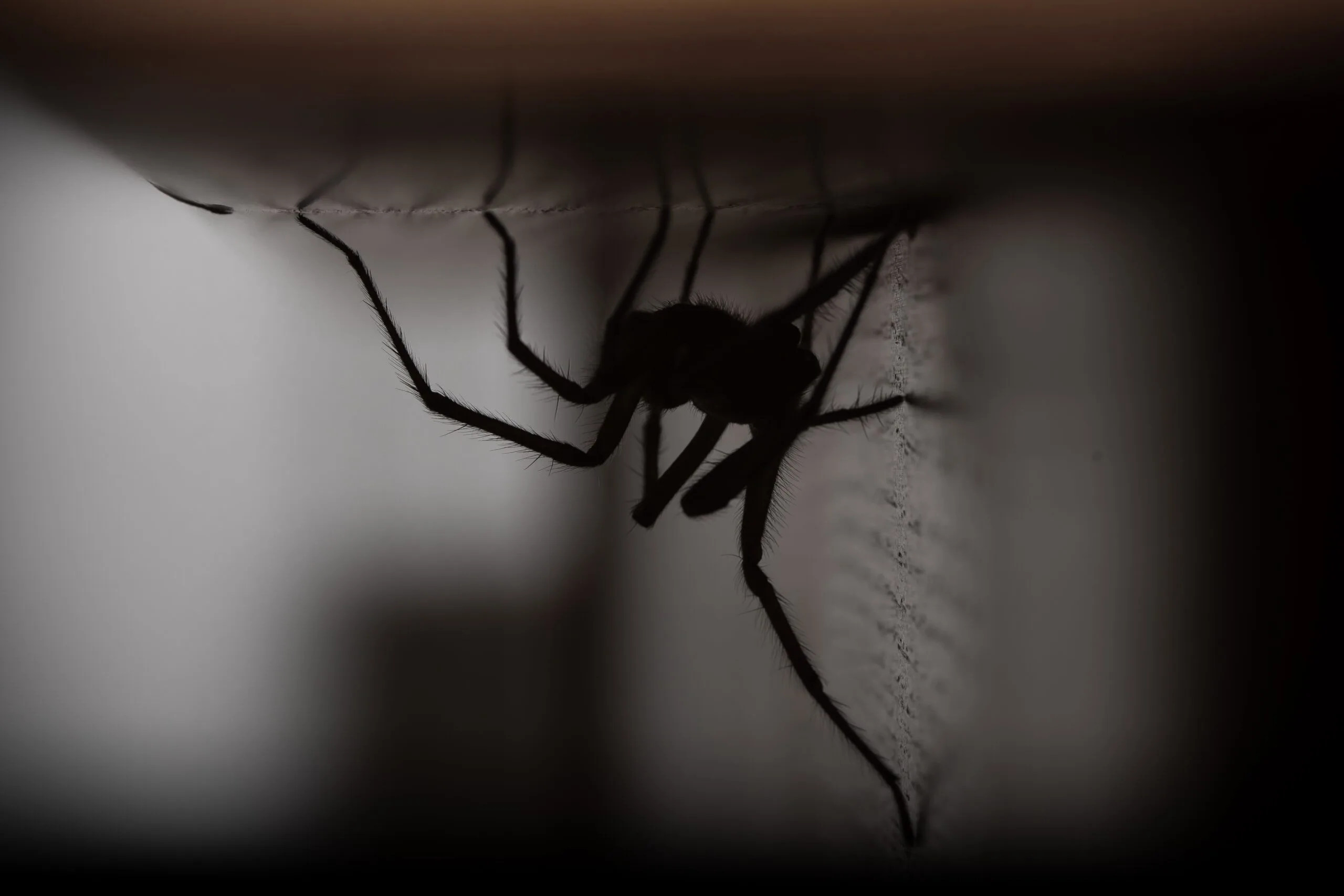
The species most commonly seen in our homes, especially at this time of year, is the giant house spider. They are one of the largest species in the UK and one of the fastest, reaching speeds of up to half a metre per second. It is facts like that that can make them sound terrifying, but if you see one running across the room, they are not out to attack you.
The common misconception is that house spiders come into our homes to seek shelter and warmth from the lowering autumn temperatures outside.But in fact the spiders we see are only more noticeable at this time of year because it is mating season for them. The spiders we believe are intruding have actually always been there. They are just out in search of a mate. When the male finally finds a female, he will mate with her numerous times over the space of a few weeks until eventually dying and being eaten by the female. The females can live for several years.
Another misconception is that spiders are the pests. Yes, they are uninvited and in many cases unwanted, but they are only there because there is a good food supply. It could mean there is another pest in your home that you cannot see. The spiders are then coming into eat the other insects and in turn taking care of the real pests. House spiders act as a free of charge pest control and the size of the spiders depends on how much they have eaten. So seeing big ones just means they are doing their jobs right.
- journals.plos.org The final plague outbreak in Scotland 1644–1649: Historical, archaeological, and genetic evidence
This paper has several aims: to determine if Yersinia pestis was the causative agent in the last Scottish plague outbreak in the mid-17th century; map the geographic spread of the epidemic and isolate potential contributing factors to its spread and severity; and examine funerary behaviours in the c...
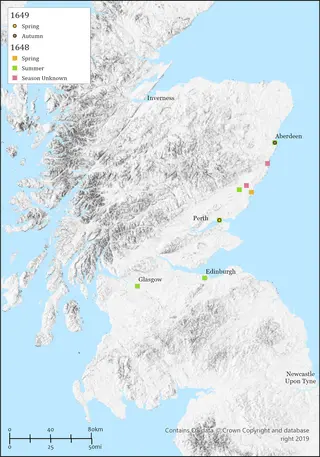
This paper has several aims: to determine if Yersinia pestis was the causative agent in the last Scottish plague outbreak in the mid-17th century; map the geographic spread of the epidemic and isolate potential contributing factors to its spread and severity; and examine funerary behaviours in the context of a serious plague epidemic in early modern Scotland. Results confirm the presence of Y. pestis in individuals associated with a mid-17th century plague pit in Aberdeen. This is the first time this pathogen has been identified in an archaeological sample from Scotland.
Fear seems to have been so great in some areas that those dying of the plague might not be buried at all. An anecdote from Tillicoultry concerning a man that had died suddenly, the assumption being from the plague, recounts that “the people were afraid to touch the corpse or even enter the house. It was pulled down, and the small eminence, which this occasioned, was called Botchy Cairn” . Similarly, McKerral relays a story concerning the outbreak in Kintyre where green knolls on Kilkivan farm attest to the presence of houses that were left to decay and collapse on top of their occupants: plague victims.
While fear of burying plague victims may have led to their abandonment, there also apparently a fear of improper burial to the extent that a further apocryphal anecdote for Highlanders to “order their coffins while still alive” to ensure proper burial.
Finally, another story has it that a plague victim managed to convince friends to dig his grave, within which he lay until he died.
It is unclear if a general fear of the dead and contracting the Pest from plague victims can be used to characterise mid-17th century Scottish public opinion. Arguably, plague pits and mass burials in general were more a practical response to the logistical difficulties associated with disposing of the dead on a large scale.
Having the plague was not a one-way ticket to a plague pit and, indeed, there are many examples of plague victims receiving normative and caring burial treatment despite any potential risks to the bereaved.
- www.pressandjournal.co.uk Angus Peter Campbell: 50 years on from The Cheviot, the Stag and the Black, Black Oil, what has changed for the Highlands?
The sense of radical change in the Highland air during the mid-1970s needs to be revived.

OP:@scotlit@mastodon.scot
And here we are, 50 years on, with nothing much changed. Instead of Cheviot sheep, the glens filled with expensive Airbnbs; instead of stags, land and houses which locals can’t afford to buy or rent; and the black, black oil still there, with the private oil and gas giants making record profits”
—Angus Peter Campbell, writing earlier this year in the P&J
-
Isobel Wilson accused of witchcraft
OP : @ScottishPlaces@mastodon.scot
Places and people from the Scottish Witchcraft Trials: Isobel Wilson in 1649 in Carriden. Also accused: Margaret Somervell, Catherine Wilson, Janet Robertsone, Jeane Walker, Janet Small, Margaret Blair, Catherine Allan, Euphane Drysdaill.
Survey of Scottish Witchcraft: